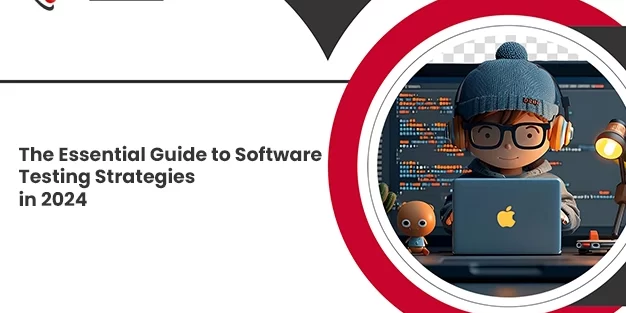In today’s fast-paced technological landscape, the importance of software testing cannot be overstated. As software continues to permeate every aspect of our lives, ensuring its quality and reliability is paramount. In 2024, the complexities of software systems have only increased, necessitating advanced testing strategies to meet the demands of modern development practices. Here’s a comprehensive guide to the essential software testing strategies you need to know in 2024:
1. Shift-Left Testing: As development cycles become more agile and iterative, the concept of shifting testing activities earlier in the software development lifecycle has gained prominence. Shift-left testing involves conducting testing activities such as unit testing, integration testing, and code reviews as early as possible in the development process. By identifying and addressing issues sooner, teams can prevent costly defects from propagating downstream.
2. Test Automation: Test automation continues to be a cornerstone of efficient and effective software testing in 2024. With the proliferation of DevOps practices and continuous integration/continuous deployment (CI/CD) pipelines, automation is essential for accelerating testing cycles and ensuring timely feedback. Leveraging tools and frameworks for automated testing, teams can increase test coverage, reduce time-to-market, and improve overall software quality.
3. AI-Powered Testing: Artificial intelligence (AI) and machine learning (ML) technologies are revolutionizing software testing by augmenting traditional approaches with advanced capabilities. AI-powered testing tools can analyze vast amounts of data, identify patterns, and predict potential areas of risk. From intelligent test case generation to automated root cause analysis, AI is enabling testers to enhance their efficiency and effectiveness in identifying defects and ensuring software reliability.
4. Performance Testing at Scale: With the growing adoption of cloud-native architectures and microservices, the need for performance testing at scale has become critical. In 2024, software systems are expected to handle increasing loads and concurrent users without sacrificing performance or reliability. Performance testing strategies such as load testing, stress testing, and scalability testing are essential for validating the responsiveness, stability, and scalability of modern applications under various conditions.
5. Security Testing: As cyber threats continue to evolve, security testing remains a top priority for organizations developing software in 2024. Security testing encompasses a range of activities, including vulnerability assessments, penetration testing, and code analysis, aimed at identifying and mitigating security risks. With data breaches and cyber attacks making headlines, integrating robust security testing practices into the development process is essential for safeguarding sensitive information and protecting against potential threats.
6. Shift-Right Testing: While shift-left testing focuses on detecting defects early in the development process, shift-right testing emphasizes the importance of ongoing testing and monitoring in production environments. By gathering real-world feedback and telemetry data, teams can uncover issues that may only manifest in live deployments. Shift-right testing, coupled with practices such as A/B testing and canary releases, enables organizations to iterate quickly, gather insights, and continuously improve the quality of their software.
Conclusion: In 2024, software testing is more critical than ever, given the rapid pace of technological innovation and the increasing complexity of software systems. By adopting essential testing strategies such as shift-left testing, test automation, AI-powered testing, performance testing at scale, security testing, and shift-right testing, organizations can mitigate risks, accelerate time-to-market, and deliver high-quality software that meets the needs and expectations of users in today’s digital era.




